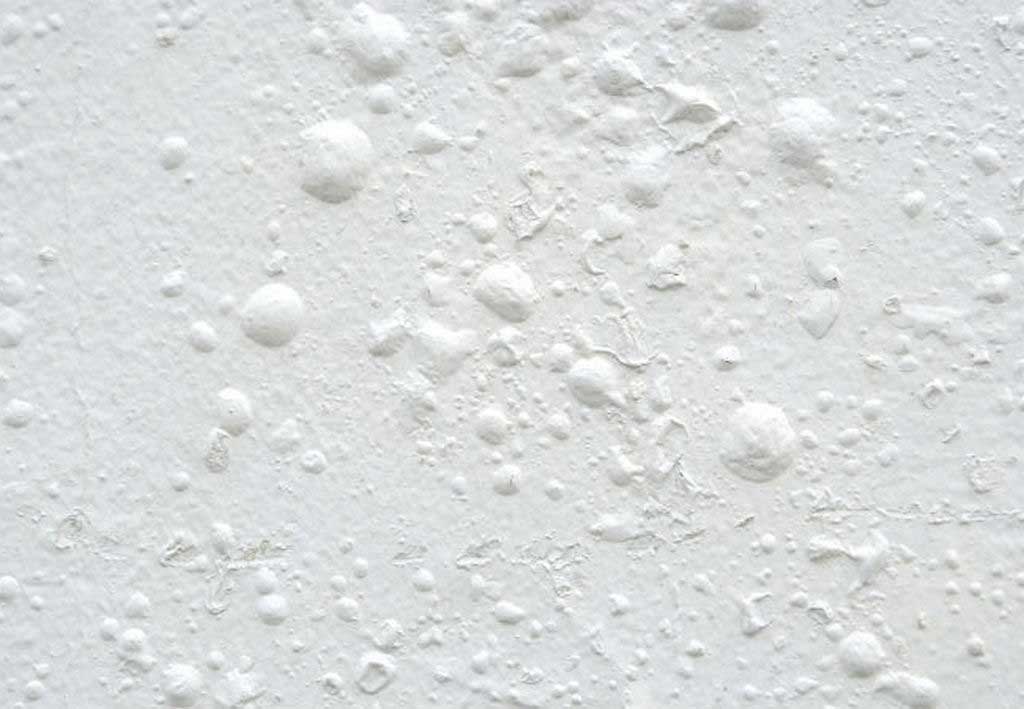Paint Bubbles on Wall, 5 Most Common Causes And How to Fix It
Home painting is one of the most economical tools known for creating the best home appeal. But at the same time, when a home painting project is not aligned perfectly, it can have severe after-effects like paint cracking, peeling, and bubble creation that potentially ruins the aesthetics completely. Check out these common paint bubbles on wall and how to fix it.
See also: Wall Paint Ideas to Create Perfect Home Wall Decor
The Causes of Wall Bubble That You Should Avoid
-
The Painting Surface was Dirty
Dust, grime, dirt inevitably collects on interior walls and ceilings over time, and the new paint has difficulty sticking to surface clogged with these slack particles. As the fresh paint dries and some shrinks, it will lift from a solid surface area. That is why it will make bubbles around specks of grime.
The best solution to resolve this condition is by scraping and patching the outline. Plus, to prevent pain from blistering in the future, please clean the surface with a sponge dampened along with soapy water followed by a dry rag. Let the surface dry completely before applying the following steps to repair paint bubbles on wall, such as paint and primer, to the patched areas.
-
The Painting Surface Were Too Hot
Another factor that can have an impact on the wall is extreme heat. It generally occurs in the living room, kitchen, and other spaces containing heat-generating appliances or lots of direct sunlight. Thus, to repair the problem on the wall, you can clean and prime the surface and remove the bubbles with a scraper. Then ensure the temperature between 50-to-85-degree Fahrenheit.
-
Painting with the Wrong Roller Cover
A roller cover’s type will vary to provide ideal paint coverage on numerous materials. In this case, you need to choose one that’s ill-suited for the texture of your surface. If you choose the wrong roller cover, it will cause paint bubbles on wall. To repair this problem, eliminate the bubbles using the scraping method and repaint the surface.
-
You Skipped the Primer
Primer is an essential item to make the plaster more absorb. If you miss the material, your base coat of paint will have a thinner binder film than necessary for the next paint coat to stick to. If you notice bubbles after applicating the colour, remove the bubbles using the scraping-and-patching technique, clean the surface and apply a stain-blocking primer to the surface before re-painting it.
-
The Painting Surface or Surroundings were Moist
Give extra moisture on your painted walls from any substances, like plumbing problems, water droplets, and high humidity. It can cause paint bubbles on wall. You will face this problem in some areas such as the kitchen and bathrooms or spaces like the basement. Thus, minimize the possibility of keeping the fresh paint coat away from moisture until it dries thoroughly.
In conclusion, there are many factors that can cause your paint bubble on the surface of the wall. Thus, you need to ensure the method of your painting process. Don’t forget to clean the surface first from dust, debris, etc. Then, apply with primer to give the best solution and proper technique when painting.



